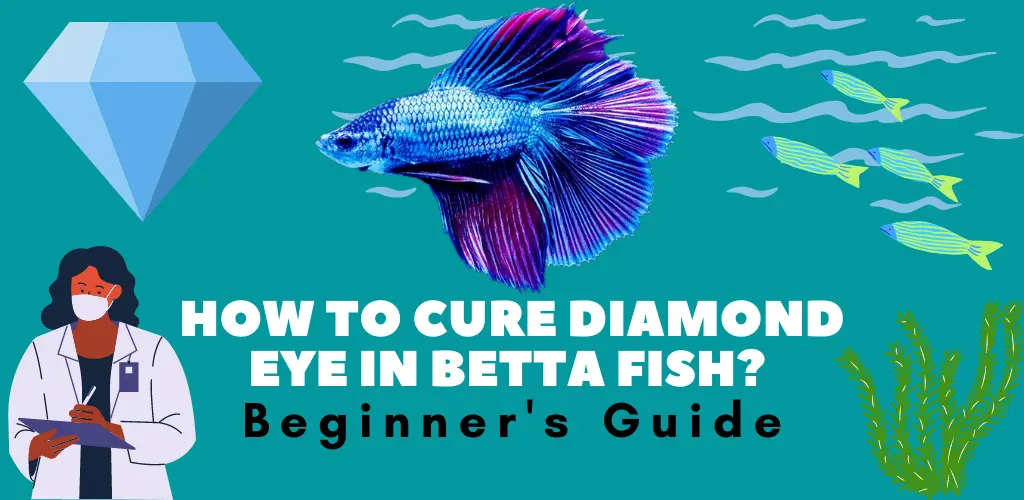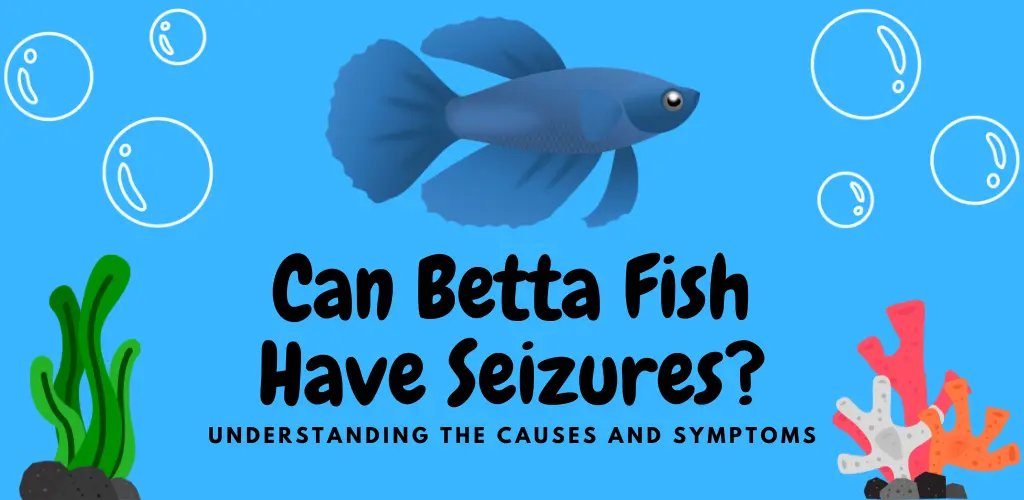The diamond eye is a genetic condition that affects betta fish, causing the fish’s eyes to become misshapen and appear diamond-shaped. Any external factors, such as poor water quality or a lack of nutrition, do not cause this condition. Instead, it is a genetic condition inherited from the fish’s parents.
Betta fish with the diamond eye is born with a condition that cannot be prevented or cured. However, with proper care and management, bettas with diamond eyes can live happy and healthy lives.
Causes of Diamond Eye in Betta Fish
Before learnig about how to cure diamond eye in betta fish, let’s discuss some causes. As mentioned, the diamond eye is a genetic condition inherited from the fish’s parents. When two bettas with the diamond eye gene breed, there is a possibility that their child will also have a diamond eye.
It is important to note that external factors, such as poor water quality or nutrition, do not cause a diamond eye. Instead, it is a genetic condition that the fish is born with.
Symptoms Of Diamond Eye
It is not a disease and does not cause any health problems for the fish. However, suppose you notice any unusual symptoms or changes in your betta’s behaviour or appearance.
Some common symptoms to watch for in betta fish include:
- Loss of appetite: If your betta is not eating as much as usual or has stopped eating altogether, this could be a sign of a health issue.
- Changes in behaviour: If your betta is lethargic or inactive or displays unusual or aggressive behaviour, this could indicate a problem.
- Changes in appearance: If you notice any changes in your betta’s colouration or the appearance of its fins or scales, this could be a sign of a health issue.
- Breathing difficulties: If your betta is breathing or gasping for air at the surface, this could indicate a problem with its gills or respiratory system.
Managing Diamond Eye in Betta Fish

While there is no known cure for diamond eye in bettas, there are steps that can be taken to manage the condition and help the fish live a comfortable and healthy life. These include:
Provide a suitable habitat
Betta fish need a tank that is at least 2.5 to 5 gallons in size, depending on the size of the fish. The tank should be equipped with a heater to maintain a consistent water temperature and a filter to help keep the water clean.
Acclimate your betta to the new environment
When introducing it to its new tank, it is essential to acclimate it slowly to the new water conditions, and this can help prevent stress and prevent shock. To acclimate your betta, float the bag in the tank for 15-30 minutes, and then gradually add small amounts of the tank water to the bag over an hour.
Providing a clean and well-maintained environment
It includes keeping the water clean and adequately filtered and maintaining the proper temperature and pH levels for bettas. A clean and well-maintained environment can help to support the fish’s overall health and well-being.
Offering a varied and nutritious diet
It is vital to provide the betta with a varied and nutritious diet, as a healthy diet can help to support the fish’s overall health and well-being. This can include various high-quality betta pellets, flakes, and live or frozen foods such as brine shrimp, daphnia, and bloodworms.
Providing additional support
Suppose your betta’s diamond eye is causing the fish discomfort or difficulty swimming. In that case, using a small floating device or placing the fish in a shallow water tank may be necessary to help them swim more efficiently. This can help to reduce stress on the fish and allow it to swim more comfortably.
Monitoring for signs of infection or other health issues
It is crucial to keep an eye on the betta for any signs of illness or discomfort and to seek treatment as needed. Signs of illness in bettas can include lethargy, loss of appetite, or changes in behaviour.
Seeking treatment for any secondary health issues
In some cases, it may be necessary to provide the betta with additional medications or treatments to manage any secondary health issues that may arise due to the diamond eye condition. These may include medications to treat parasites, infections, or other health issues.
Can diamond eye transfer from one betta fish to another?
It is important to note that diamond eye is not contagious and cannot be transmitted from one fish to another through contact or shared water. It is unnecessary to isolate bettas with diamond eyes from other fish or take special precautions to prevent the condition from spreading.
Conclusion
Overall, proper care and management can help to ensure that a betta fish with diamond eyes lives a happy and healthy life, despite this genetic condition. It is always a good idea to consult with a veterinarian or a qualified fish specialist if you have any concerns about your betta’s health or well-being.




Pingback: Uncovering the Answer: Can Betta Fish See in the Dark? - Betta Fish Advice
Pingback: Curved Spine in Betta Fish: Causes, Symptoms, and Treatment - Betta Fish Advice
Pingback: Understanding the Causes of a Betta Fish Turning Pink - Betta Fish Advice
Pingback: 7 Difference Between Black Mamba And Black Samurai Betta - Betta Fish Advice